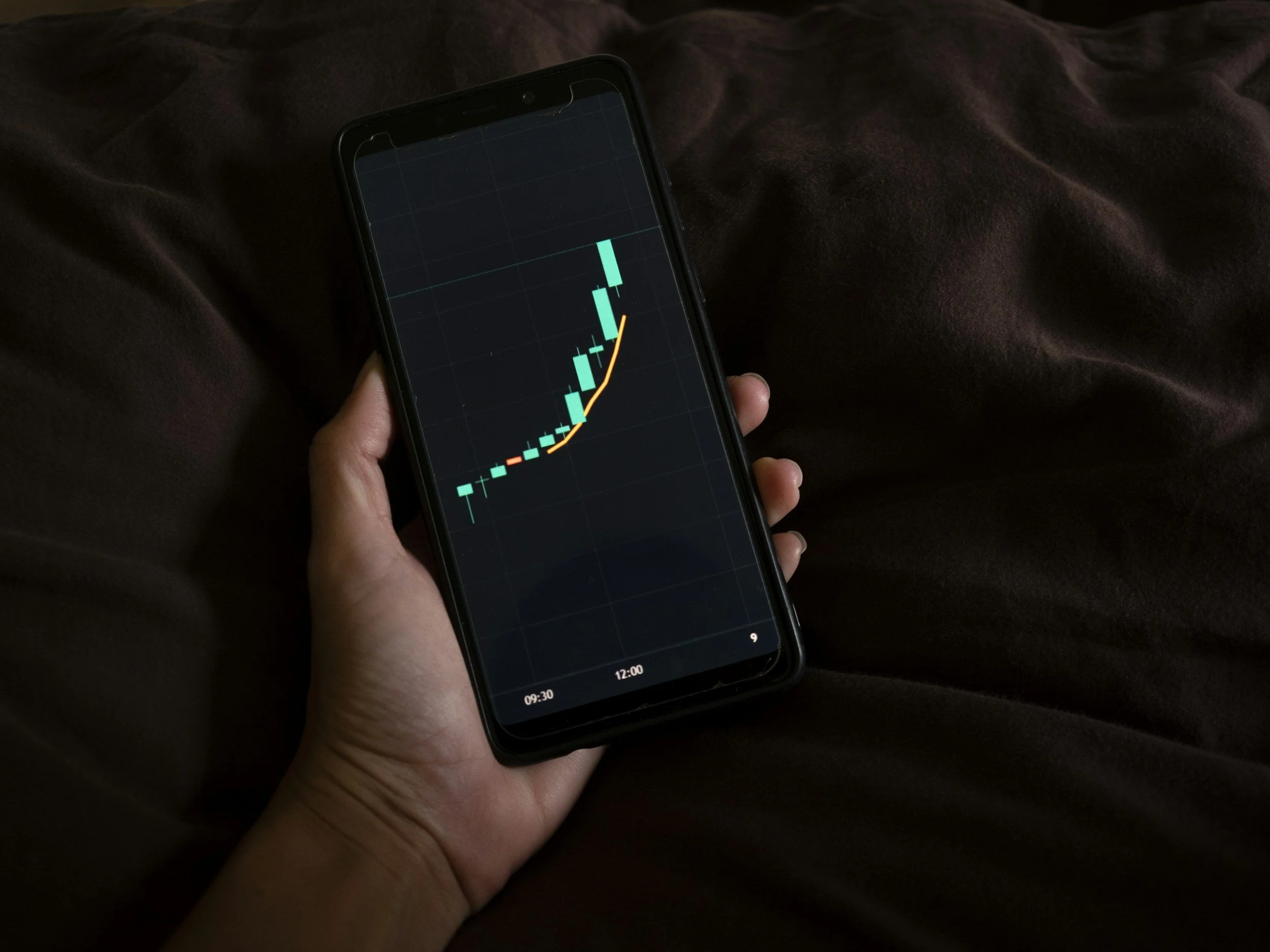Turning Signal Into Story: Why Storytelling Is the Ultimate Marketing Strategy
Marketing without storytelling is just noise
In a world saturated with data, products, and platforms, what truly breaks through isn’t the loudest brand—it’s the most human one. The brand that tells a story worth hearing. The one that connects not just with the mind, but with the heart. Storytelling isn’t fluff. It’s the structure that moves your message from insight to impact.
And when it’s done right? It drives conversion, loyalty, and long-term value.
The Power of Storytelling in the Buyer's Journey
Every decision—especially a purchase decision—has an emotional dimension. Whether you're buying enterprise software or a luxury handbag, there’s a psychological process happening behind the scenes. Storytelling allows your prospect to visualize success before they click “Buy.” It helps them feel seen, understood, and confident.
A compelling narrative doesn’t just explain what your product does. It shows why it matters—and how it will enhance their business, day, or life.
That’s the emotional satisfaction we’re aiming for. Not just awareness, but alignment. Not just recognition, but resonance.
Match Your Message to the Moment
Not every buyer wants to hear the same story. And not every buyer is at the same point in the journey. That’s why storytelling isn’t one-size-fits-all. It’s strategic.
Depending on where someone is in the funnel—awareness, consideration, or decision—you tailor your story to meet their mindset. Early-stage buyers want vision. Mid-stage buyers need proof. Late-stage buyers look for reassurance.
And it doesn’t stop there.
Know Who You’re Talking To: The 4 Types of Buyers
Understanding buyer psychology is just as critical as crafting the right narrative. Your messaging should flex to match different decision-making styles.
Here are four common buyer types:
The Analytical Buyer
They want the numbers, the specs, the logic. They need a story grounded in data, backed by performance, and proven by results.The Driver
They’re focused on results and speed. Get to the point. Show them the win. Make the story fast, direct, and impactful.The Amiable Buyer
They value relationships and trust. For them, the story needs to be people-first. Demonstrate empathy, consistency, and a focus on human benefit.The Expressive
They’re driven by vision and creativity. Inspire them. Paint a future they can believe in. Invite them into something bigger than the product.
By aligning your message with the personality, role, and emotional motivator of each buyer, your story becomes more than a pitch—it becomes personal..
Emotion Drives Action
Let’s be honest: nobody wakes up excited to read a spec sheet. People remember how you made them feel. The brands that win hearts (and budgets) understand that the emotional component of a story is not optional—it’s essential.
Whether you're leading with a story of transformation, triumph, or innovation, the goal is the same: make the buyer feel like the hero of the story. Your product or service is just the guide that helps them get there.
From Signal to Story to Sales
Great marketing is about translating signals into stories—and stories into strategy. It’s about tuning into your audience, cutting through the clutter, and delivering a message that feels tailor-made just for them.
Because when your story is real, relevant, and emotionally resonant… your customer doesn’t just buy. They believe.






